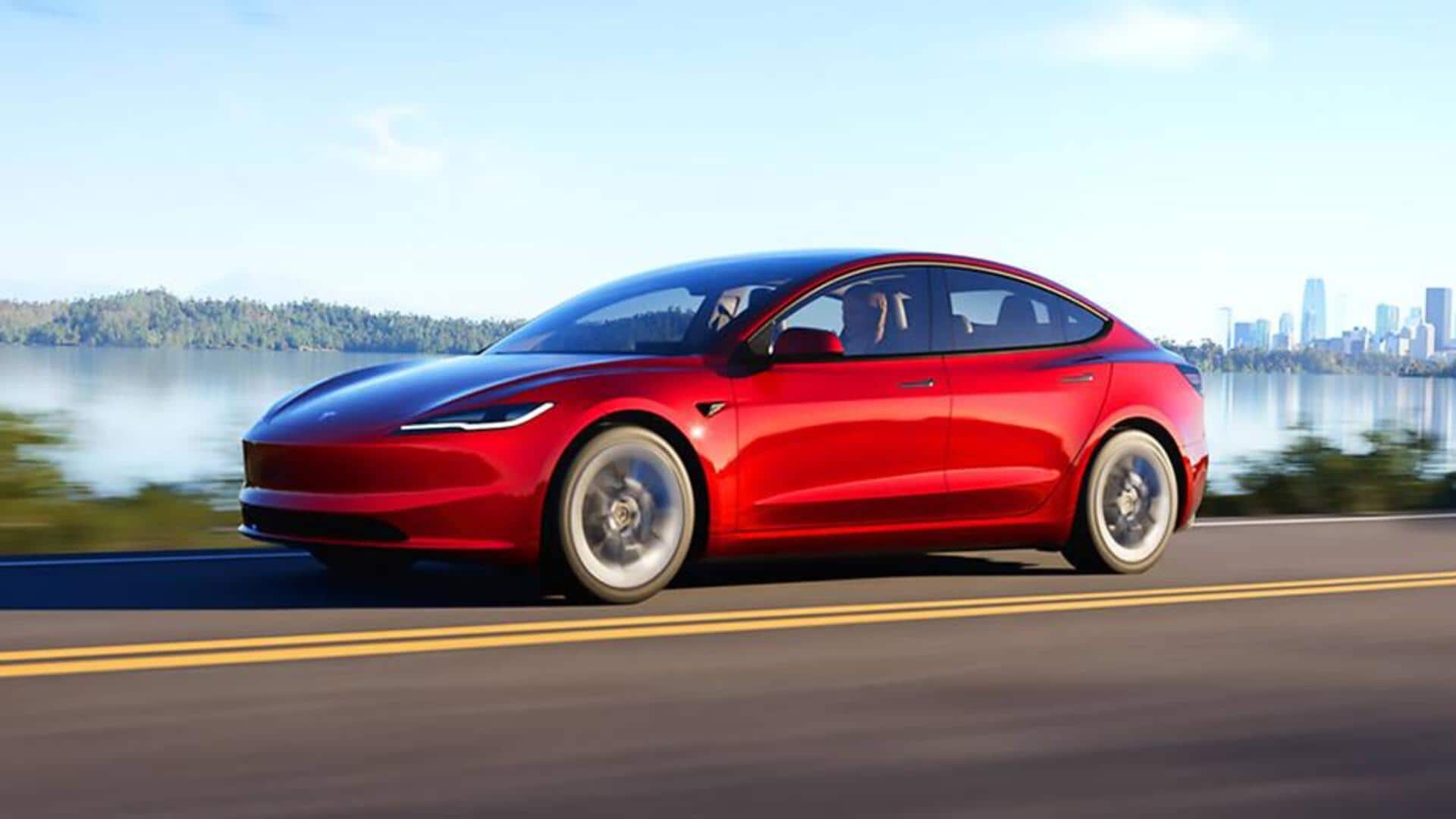
Tesla can now offer ride-hailing service in California
- 19.03.2025 10:19
- newsbytesapp.com
- Keywords: Tesla granted permit, Transportation services
Tesla has been granted a permit by the California Public Utilities Commission to begin offering ride-hailing services, initially for its employees using company-owned vehicles. The permit is a step toward launching a robotaxi service but does not include autonomous vehicle operations at this time.